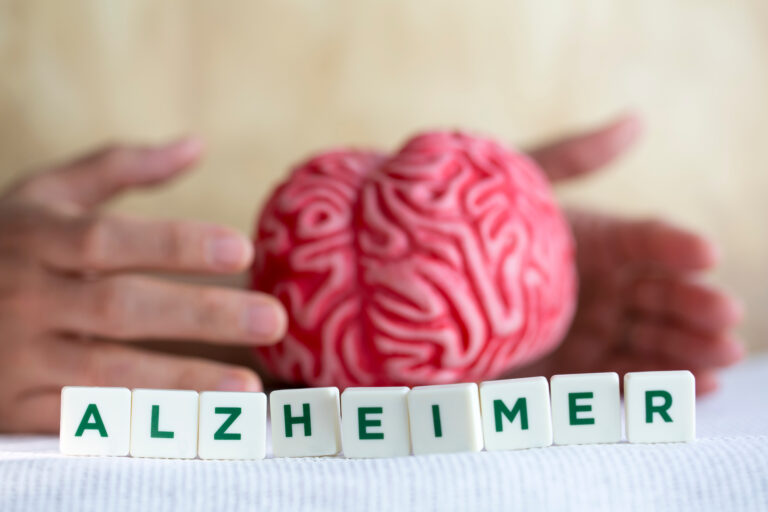Haloperidol, a typical antipsychotic medication, is sometimes used to manage behavioral symptoms such as agitation and psychosis in Alzheimer’s disease, but its safety profile raises significant concerns. It is generally considered risky for elderly patients with dementia, including those with Alzheimer’s, due to increased risks of serious side effects and mortality.
Alzheimer’s disease often involves behavioral and psychological symptoms of dementia (BPSD), including agitation, aggression, hallucinations, and psychosis. These symptoms can be distressing and difficult to manage. Antipsychotics like haloperidol have been prescribed to control these symptoms, but their use is controversial because of safety issues.
The U.S. Food and Drug Administration (FDA) has issued a boxed warning for haloperidol and other antipsychotics, highlighting an increased risk of death when used in elderly patients with dementia-related psychosis. This warning is based on studies showing higher mortality rates, often related to cardiovascular events or infections such as pneumonia, in this population when treated with antipsychotics[5].
Clinical trials and reviews have shown that while haloperidol may reduce agitation and psychosis in some patients, the benefits are often outweighed by adverse effects. These include sedation, worsening cognitive decline, extrapyramidal symptoms (such as tremors and rigidity), increased risk of stroke, and higher mortality[2][6]. Because of these risks, haloperidol is generally recommended only for severe cases where symptoms pose a danger to the patient or others, and even then, it should be used at the lowest effective dose and for the shortest possible duration[6].
Recent guidelines from psychiatric associations emphasize a cautious approach to antipsychotic use in dementia. They recommend comprehensive assessment of symptoms, consideration of non-drug interventions first, and careful weighing of risks and benefits before prescribing haloperidol or other antipsychotics[6]. The American Psychiatric Association advises that antipsychotics should be part of a broader treatment plan and used judiciously, with ongoing monitoring for side effects and effectiveness.
Moreover, studies from the UK and elsewhere have found that in real-world practice, antipsychotics are often prescribed for longer durations and at higher doses than recommended by guidelines, increasing the risk of harm[3][4]. This highlights a gap between clinical recommendations and actual prescribing patterns, underscoring the need for improved adherence to safety guidelines.
Alternatives to haloperidol, such as atypical antipsychotics like brexpiprazole, have been studied for agitation in Alzheimer’s disease. Brexpiprazole, approved by the FDA for this indication, modulates serotonin and dopamine activity and has shown some efficacy with a potentially better safety profile, though side effects like dizziness, somnolence, and urinary tract infections still occur[1].
In summary, haloperidol is not considered a safe first-line treatment for behavioral symptoms in Alzheimer’s disease due to its significant risks, including increased mortality. Its use should be limited to severe, refractory cases under strict medical supervision, with careful attention to dosing and duration. Safer alternatives and non-pharmacological approaches are preferred whenever possible.
Sources:
[1] PMC – Efficacy and safety of brexpiprazole for agitation in Alzheimer’s dementia
[2] JAMA Network Open – Haloperidol and mortality in Alzheimer’s disease
[3] UCL study on antipsychotic use duration in dementia patients
[4] PubMed – Antipsychotic prescriptions in dementia and guideline adherence
[5] Dr.Oracle – Haloperidol dosage and FDA boxed warning for elderly dementia patients
[6] Psychiatric Times – New treatment guidelines for antipsychotic use in dementia





